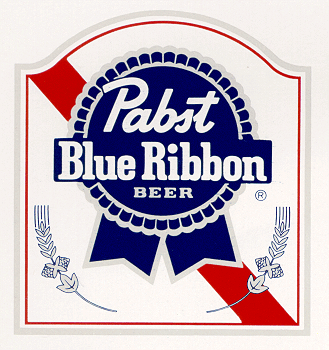
A controversial Scottish brewery has launched what it described as the world's strongest beer - with a 32% alcohol content.
Tactical Nuclear Penguin has been unveiled by BrewDog of Fraserburgh.
BrewDog was previously branded irresponsible for an 18.2% beer called Tokyo, which it then followed with a low alcohol beer called Nanny State.
Managing director James Watt said a limited supply of Tactical Nuclear Penguin would be sold for £30 each.
Tactical Nuclear Penguin label warning |
He said: "This beer is about pushing the boundaries, it is about taking innovation in beer to a whole new level."
Mr Watt added that a beer such as Tactical Nuclear Penguin should be drunk in "spirit sized measures".
A warning on the label states: "This is an extremely strong beer; it should be enjoyed in small servings and with an air of aristocratic nonchalance. In exactly the same manner that you would enjoy a fine whisky, a Frank Zappa album or a visit from a friendly yet anxious ghost."
However Jack Law, of Alcohol Focus Scotland, described it was a "cynical marketing ploy" and said: "We want to know why a brewer would produce a beer almost as strong as whisky."
The beer has been launched on the day alcohol was at the top of the political agenda with the unveiling of the Scottish government's Alcohol Bill including proposals for minimum pricing on drink.
Meanwhile, BrewDog's plans for a new headquarters to produce millions of bottles of beer a year have been approved by Aberdeenshire Council.
The decision was taken at a full council meeting despite having been recommended for refusal by officers because the site at Potterton, near Aberdeen, is in the green belt.
via bbc

